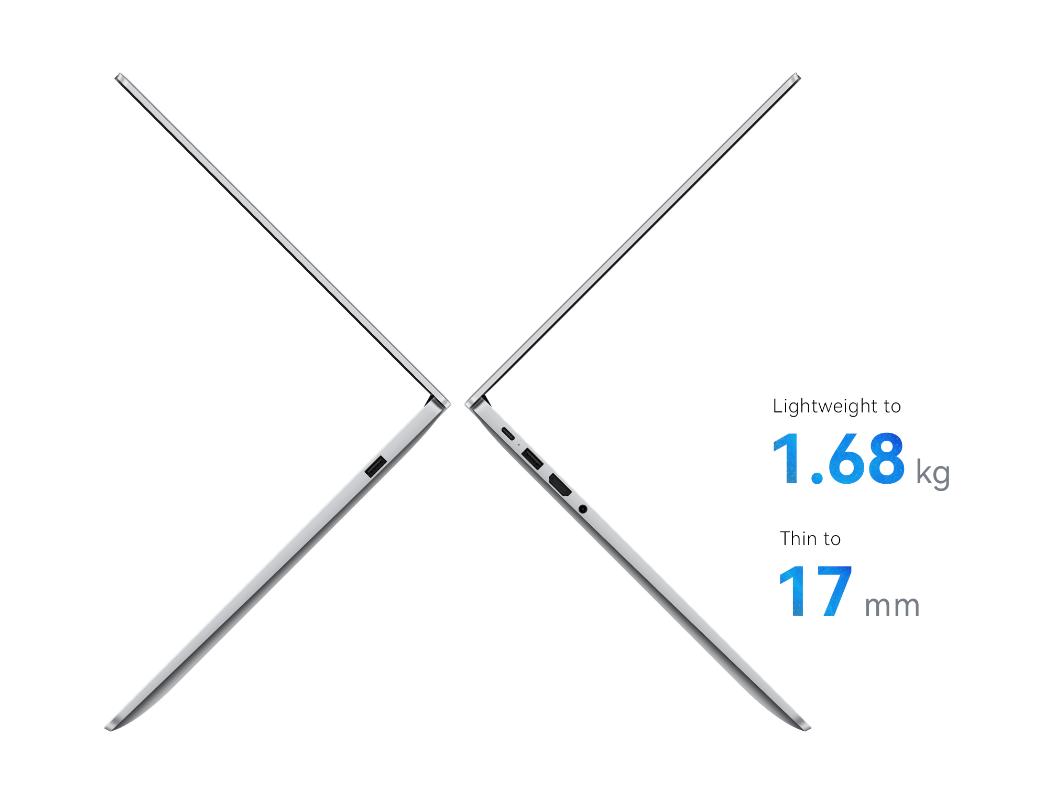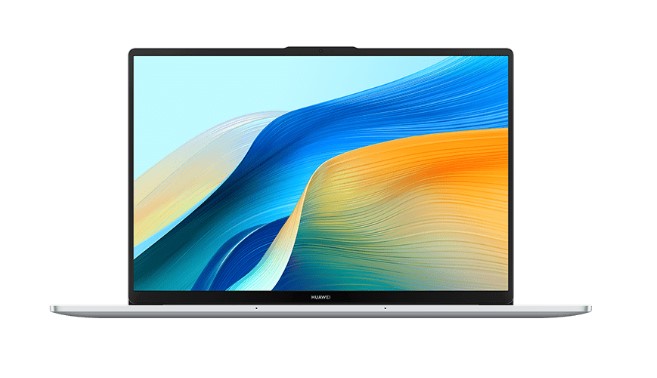In the modern era, laptops have become indispensable tools, serving as versatile hubs for work, entertainment, and communication. One key aspect that contributes to their adaptability is the array of ports they offer. These ports enable users to connect a variety of peripherals and devices, enhancing the overall functionality and convenience of the laptop. In this article, we will delve into the usefulness of different ports commonly found on laptops, showcasing their diverse applications and how they contribute to a seamless computing experience.
The Multifaceted World of Laptop Ports
HDMI and DisplayPort
In the realm of visual connectivity, HDMI and DisplayPort are indispensable ports for laptop users. HDMI ports allow seamless transmission of high-definition audio and video signals, making them ideal for connecting laptops to external monitors, projectors, or even TVs. DisplayPort, on the other hand, offers similar functionality with additional features such as multi-monitor support and higher refresh rates. Both ports contribute to an enhanced visual experience, empowering users to extend their laptop screens or mirror displays for presentations, gaming, or content consumption.

Audio Ports
Audio ports, comprising headphone and microphone jacks, play a crucial role in delivering immersive sound experiences on laptops. Whether for professional communication, gaming, or casual entertainment, these ports enable users to connect a variety of audio peripherals, including headphones, external speakers, and microphones. The ability to switch between different audio devices seamlessly enhances the versatility of laptops, ensuring users can adapt their setups to specific tasks or environments.
Ethernet Ports
While wireless connectivity has become the norm, the Ethernet port remains a valuable asset for laptops, especially in situations where a stable and reliable internet connection is paramount. Ethernet ports allow users to connect their laptops directly to a network via a wired connection, offering faster data transfer speeds and lower latency compared to Wi-Fi. This makes Ethernet ports essential for professionals engaged in activities such as online gaming, video conferencing, or large file transfers, where a consistent and high-speed internet connection is crucial.
SD Card Slots
For photographers, content creators, and professionals working with multimedia files, SD card slots on laptops are indispensable. These slots provide a convenient and direct means of transferring photos and videos from cameras and other devices without the need for additional adapters or cables. The seamless integration of SD card slots simplifies workflows, allowing users to access and manipulate their media files effortlessly, whether for editing, sharing, or archiving purposes.
USB Ports
The Universal Serial Bus (USB) ports are perhaps the most ubiquitous and versatile connections on laptops. Serving as a universal standard, USB ports facilitate the connection of a wide range of devices, from external hard drives and flash drives to keyboards, mice, and printers. USB technology has evolved over the years, with the latest versions providing faster data transfer speeds and increased power delivery capabilities. The ability to hot-swap devices without restarting the laptop makes USB ports a go-to solution for users seeking instant connectivity and effortless integration of peripherals. The huawei matebook d 16 2023 boasts a diverse range of USB ports catering to your connectivity requirements.

Thunderbolt Ports
Thunderbolt ports represent the pinnacle of connectivity on laptops, combining high-speed data transfer, video output, and power delivery into a single interface. Thunderbolt technology allows users to connect external GPUs, high-performance storage devices, and multiple high-resolution displays, unleashing the full potential of their laptops. The daisy-chaining capability of Thunderbolt further streamlines setups by reducing cable clutter and simplifying the connection of multiple peripherals.
Conclusion
The various ports on a laptop contribute significantly to its adaptability and functionality, catering to the diverse needs of users in different scenarios. Whether for seamless data transfer, enhanced visual experiences, immersive audio, or reliable networking, each type of port plays a specific role in shaping the user experience. Understanding the versatility of these ports empowers users to make the most out of their laptops, creating personalized and efficient computing environments that suit their unique preferences and requirements.







